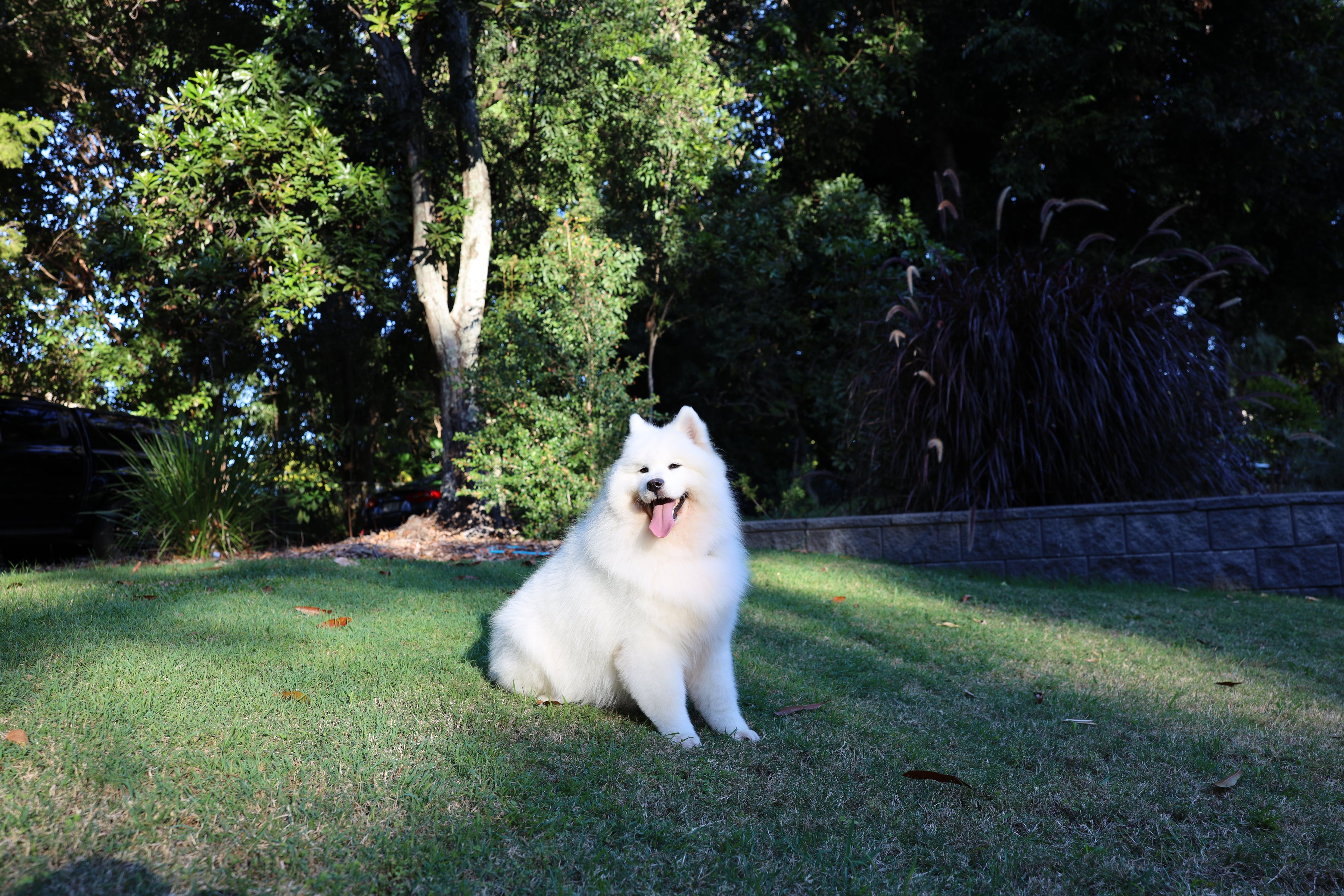
Understanding Canine Body Language: What Your Dog is Trying to Tell You
Communication between humans and dogs goes beyond barks and wagging tails. Dogs have a rich repertoire of body language cues that they use to convey their emotions, needs, and intentions. Understanding your dog's body language is crucial for building a strong bond and ensuring their well-being. In this blog post, we'll explore some common canine body language signals and what your dog may be trying to tell you.
Tail Wagging:
While tail wagging is often associated with happiness, it's essential to consider the context and speed of the wag. A slow, gentle wag may indicate relaxation or curiosity, while a fast and stiff wag could signal excitement or agitation. Pay attention to the position of your dog's tail as well – a high, stiff tail may indicate alertness or dominance, while a low or tucked tail could suggest fear or submission.
Ear Position:
Your dog's ear position can provide valuable insights into their mood and level of arousal. Ears held forward or slightly raised may indicate attentiveness or curiosity, while ears flattened against the head could signal fear or aggression. Take note of subtle changes in ear position, as they can offer clues about your dog's emotional state.
Body Posture:
A dog's body posture can communicate a wealth of information about how they're feeling. A relaxed, loose stance with a wagging tail typically indicates contentment, while a tense or stiff posture may suggest anxiety or aggression. Pay attention to subtle changes in your dog's body posture, such as raised hackles or a lowered head, as these cues can provide valuable insights into their emotional state.
Facial Expressions:
Just like humans, dogs use facial expressions to convey their emotions. A relaxed, open mouth with a soft gaze often indicates friendliness and relaxation, while a tense or wrinkled muzzle could suggest discomfort or aggression. Pay attention to your dog's eyes as well – dilated pupils may indicate excitement or fear, while narrowed eyes could signal aggression or discomfort.
Vocalizations:
While dogs primarily communicate through body language, vocalizations such as barking, growling, or whining can also provide valuable insights into their emotions. Pay attention to the pitch, intensity, and duration of your dog's vocalizations, as these factors can offer clues about what they're trying to communicate.
Conclusion:
Understanding your dog's body language is essential for building a strong bond and fostering effective communication. By paying attention to cues such as tail wagging, ear position, body posture, facial expressions, and vocalizations, you can better understand what your dog is trying to tell you and respond appropriately to their needs. Whether it's a wagging tail, a playful bark, or a gentle nuzzle, your dog's body language speaks volumes – all you have to do is listen.



